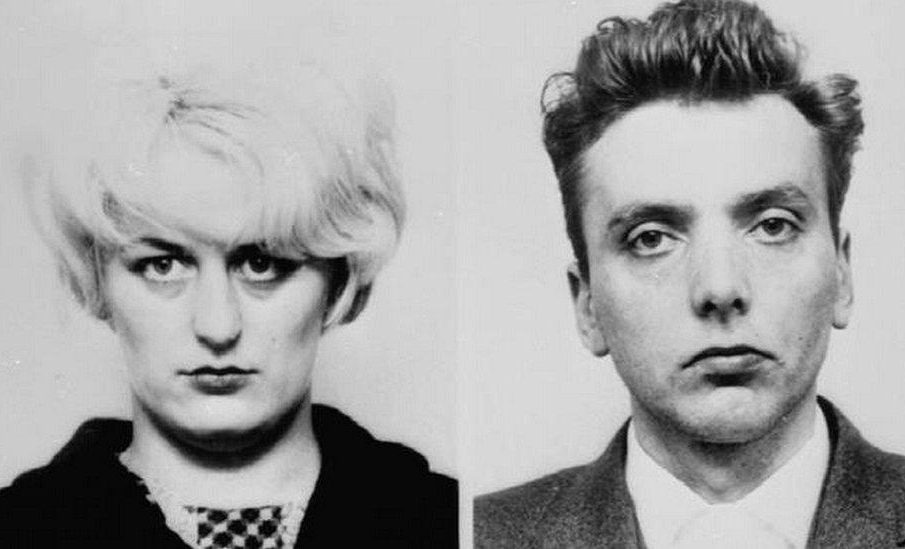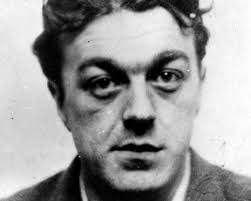The Life and Crimes of Myra Hindley

Introduction
Myra Hindley remains one of the most notorious figures in British criminal history. Her involvement in a series of horrific murders during the 1960s alongside her partner Ian Brady shocked the nation and has had lasting effects on public perception of crime and justice in the UK. As new discussions arise regarding the legacy of their crimes, Hindley’s case continues to evoke deep emotional and moral debates.
The Crimes
In 1963, Hindley, along with Brady, was arrested for the heinous murders of five children in the Manchester area, which came to be known as the Moors murders. The victims, aged between 10 and 17, were kidnapped, sexually assaulted, and killed, with their bodies buried on the Saddleworth Moor. These crimes incited widespread outrage and fear across the country, leading to a media frenzy.
During the subsequent trial, evidence emerged that Hindley played an active role in the abductions, and she became a symbol of evil in the public’s eye. Both she and Brady received life sentences, which sparked discussions about the potential for rehabilitation and the death penalty, which had been abolished in the UK in 1965. Hindley’s portrayal as an evil accomplice, combined with the gruesome nature of the crimes, solidified her infamy.
Life After Imprisonment
Hindley spent over 35 years in prison, during which her case attracted continual media attention. In 1987, she attempted to appeal for parole but was rejected due to the nature of her crimes. Despite an eventual shift in public sentiment concerning her rehabilitation, many still saw Hindley as irredeemable.
Over the years, Hindley sought to be seen as a reformed individual, but her past continued to overshadow any attempts at personal redemption. The release of her files under the Freedom of Information Act in 2001 revealed her manipulative behaviour, which further deepened public animosity.
Conclusion
Myra Hindley passed away in 2002, but her legacy remains a topic of intense conversation. The Moors murders prompted changes in policing and legal frameworks concerning child protection and criminal investigations. While some argue that Hindley should be remembered as a cautionary tale about moral depravity, others believe her story serves as a complex example of criminal psychology.
The debate surrounding her life and crimes raises questions about justice, punishment, and forgiveness in society. As discussions about the implications of her actions continue, Myra Hindley serves as a dark reminder of the potential for evil that exists within humanity.









